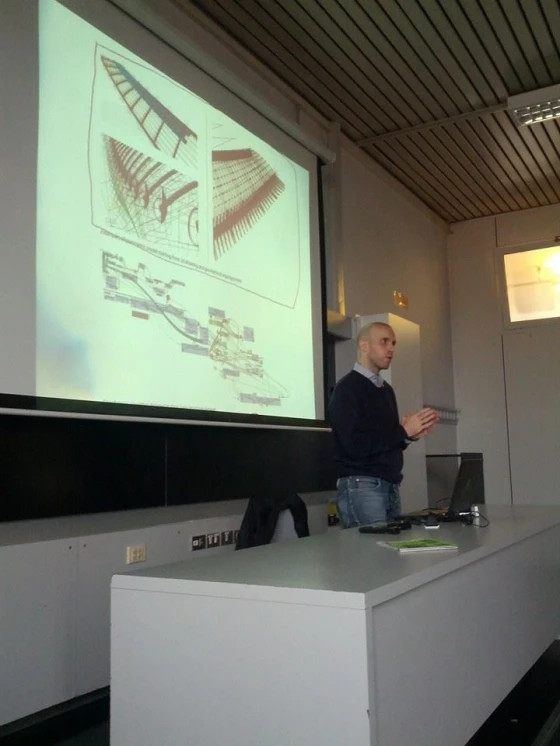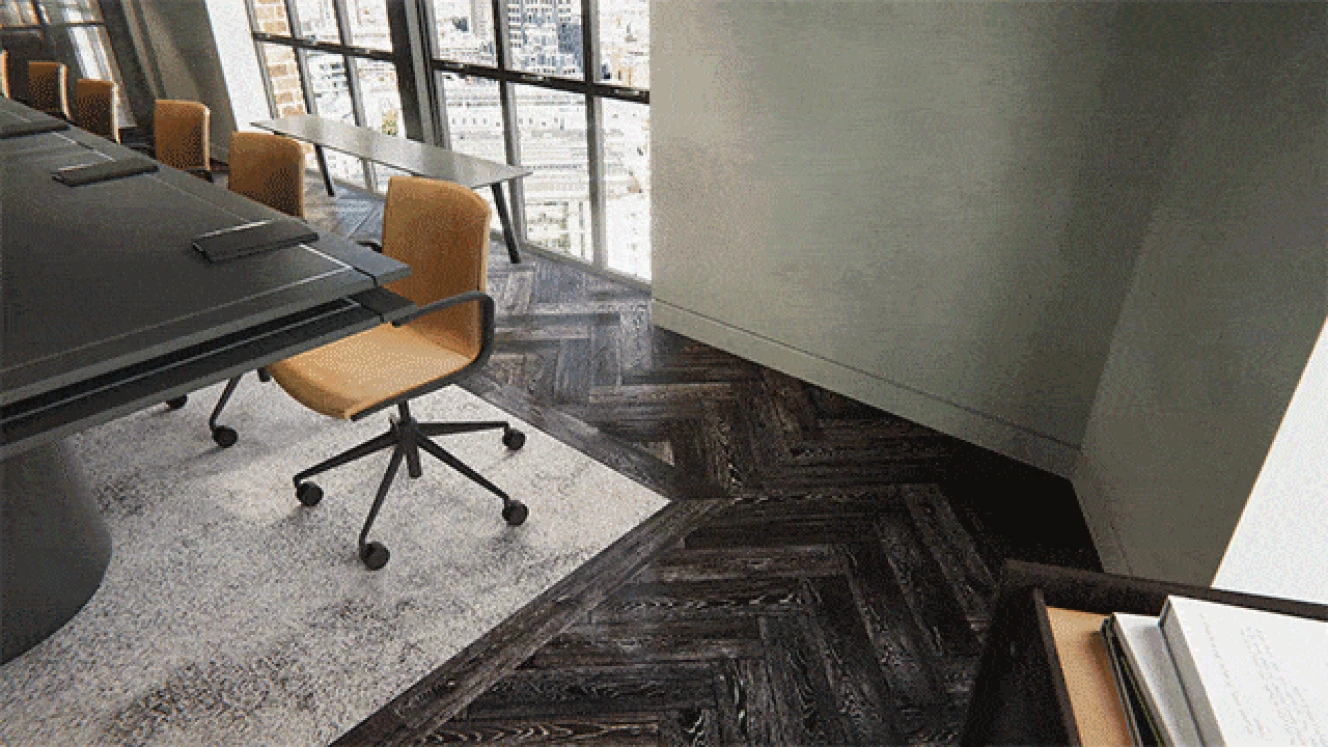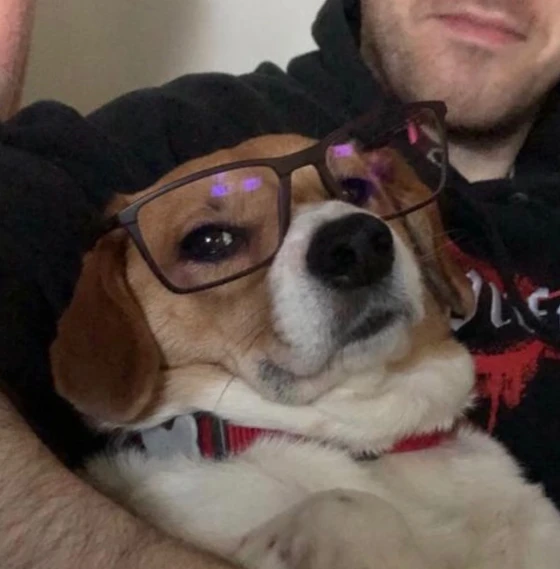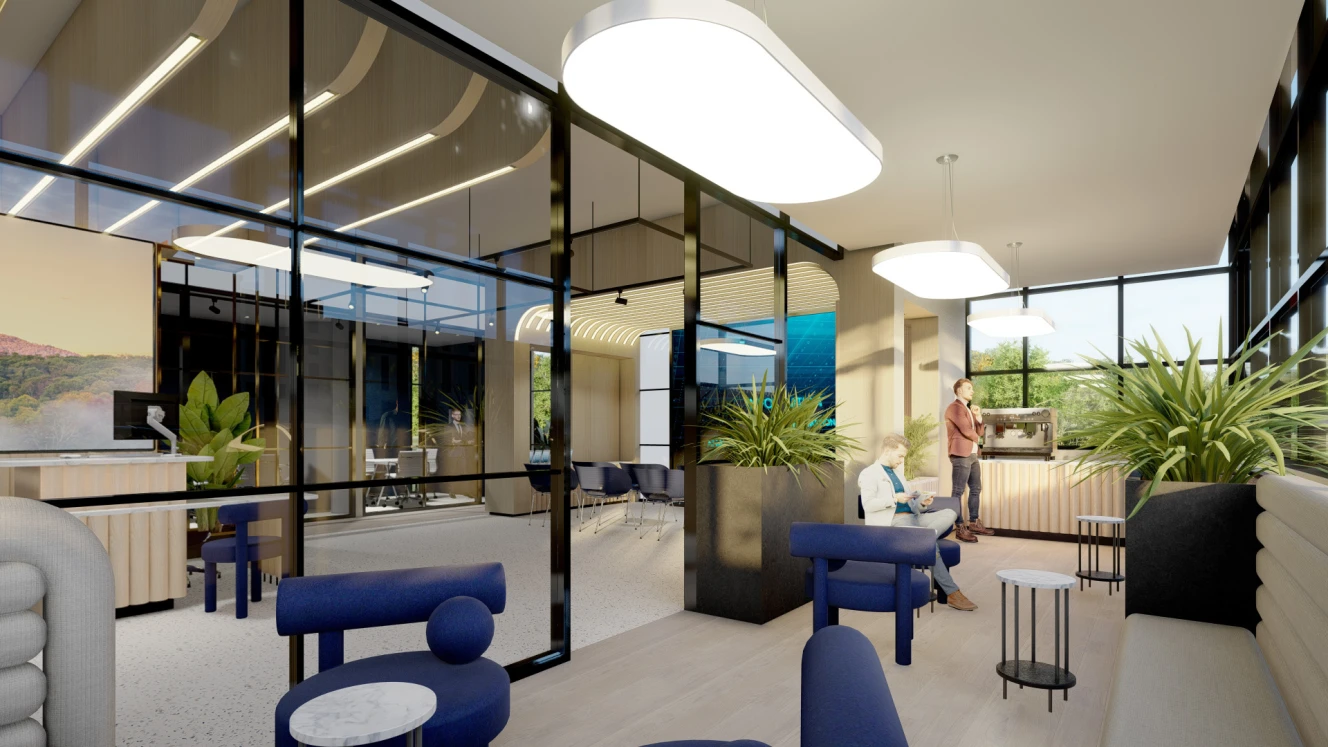After some years in Paris working in studios, Mirko Vescio returned to Milan to become an assistant professor at the Polytechnic of Milan.
In Conversation with Mirko Vescio from Oneiros
Stories
Working with clients both at home and abroad, Mortar & More have been looking at the various possibilities around advanced technology to present to our clients, where they are gaining a fully immersive experience of their designed spaces before they have broken ground.


Oneiros have been working on the development of user lead interactions and the possibility of making changes to the enviroment as the user experiences it.
In the current global climate, this has become invaluable.
In the current global climate, this has become invaluable.
Working with Virtual Reality developers has opened the door to both clients and contractors attaining a full sense of the Detail Design stage, leaving little ambiguity about the final design intent. When working remotely with clients this has helped us immensely and has enabled the design process to be even more client-friendly.
We recently collaborated with Oneiros, a start-up based in Milan who specialise in enterprise Virtual Reality & Real-Time CG solutions. Using Unity software, Oneiros have built environments for a range of clients from the retail sector, software developers through to architecture and design practices, providing immersive VR walkthrough experiences and cinematic videos.
We are delighted to speak to Mirko Vescio from Oneiros to share the company’s story with us and provide a glimpse into their studio and some of their processes.
Hello Mirko, welcome to M&M stories. Can you tell us a little bit about your background and your journey to starting Oneiros?
Hello Mirko, welcome to M&M stories. Can you tell us a little bit about your background and your journey to starting Oneiros?
MirkoAfter some years in Paris as a computation designer on projects like the Canapé of Les Halles, I’ve decided to come back to Milan as an assistant professor at the Polytechnic of Milan and in those years I had the chance to start to work on a research about the use of Virtual Reality for the Teatro Farnese in Parma. During that research, I began to collaborate with Ruggero and at the end of the project, we evaluated the possibility of founding Oneiros together after having already received the first professional requests for the creation of virtual reality environments for some important companies.
What was your own first experience of Virtual Reality?
What was your own first experience of Virtual Reality?
Mirko In 2015 I started hearing about a VR headset called Oculus DK2 and had a first contact with it at the Polytechnic of Milan where I tried my first virtual reality experience with the Tuscany Villa demo. I immediately fell in love with it, the enormous potential it had as a medium not only for video games but above all for business applications and architecture seemed so evident to me. After that, I immediately bought a VR Cardboard, it was a very rudimentary tool that worked with a piece of cardboard and a smartphone but that was enough for me to start experimenting with new VR experiences and start to study the tools necessary to create such experiences.
Can you outline the main advantages of using VR within an architecture studio?
Can you outline the main advantages of using VR within an architecture studio?
Mirko Virtual reality allows what was never possible before, you can visualise any project, regardless of its size, on a 1-to-1 scale, before it is built. Compared to building, for example, a mockup of a 1-to-1 scale apartment to show to potential buyers or a restyling of a hotel room to show to the landlord, the use of virtual reality allows more flexibility, an experience potentially more interactive, fewer logistical problems and lower costs.
How do you think VR will change the way that architecture firms engage with clients, the media, and the broader public?
How do you think VR will change the way that architecture firms engage with clients, the media, and the broader public?
Mirko I am absolutely convinced that virtual reality and real-time applications, in general, will revolutionise the way architecture firms engage their clients, the media and the public as it did at the time for renderings. Any solution that can simplify and help those who are not in the architectural industry to figure out what the project will be like once built can only be welcome. We cannot take for granted that anyone can correctly understand a plan or a section and in this, the renderings have greatly helped to reduce the distance between the technical drawings and the clients. Virtual Reality decreases this distance, even more, erasing the problems related to the scale and real size of the projects.
What are the downsides of using VR and how do architects overcome them?
What are the downsides of using VR and how do architects overcome them?
Mirko Currently, achieving realistic graphics quality and a high amount of rendering per second (in VR we are talking about rendering 70-90 images per second) is quite complex and it is necessary to have a deep knowledge of tools and software to be sure to avoid motion sickness due to the low performance of the VR software. And that’s where we come in helping architects and supporting them in converting their projects into Virtual Reality experiences.
Where do you see the VR experience being in 5 years’ time, what changes or advances do you see coming down the line?
Where do you see the VR experience being in 5 years’ time, what changes or advances do you see coming down the line?
Mirko With the development of faster networks, the hope is to be able to move the entire VR experience online, thus making it more immediate to use by directly integrating the builds into the web as well as increasing hardware performance that will guarantee more powerful standalone VR headsets and PCs that they will support an even higher level of realism than today.

Chilling out and getting this little guy out for a walk is a good end to what are usually long busy days.

A recent project collaboration with Mortar & More.
What or who inspires you the most? Have your sources of inspiration changed throughout the years?
What or who inspires you the most? Have your sources of inspiration changed throughout the years?
Mirko There are many people who inspire me and at the same time none in particular. In general, I am inspired by all those people who have managed to reach important goals with their determination.
What’s the best piece of advice you’ve been given?
What’s the best piece of advice you’ve been given?
Mirko Success takes time and I am not talking about business but any aspect of life. Any kind of “overnight event” is actually a journey that may have taken years to get you there. That’s what I repeat to myself every time there are difficulties or anything that I don’t want to do but that I know I have to do. Any book read, any decision, any discussion and event is something that can be addressed in a positive way to learn and improve.
Define your creative process in five words.
Define your creative process in five words.
Mirko Learn, Think, Test, Think, Repeat. I strongly believe in this creative process as I believe it is essential to always evaluate their own work to understand how to improve it. It is an approach that we try to apply also in Oneiros. Always evaluate your work, understand what works and what needs to be improved and this can be done by learning, reflecting critically on what you have studied, doing tests on tests, not being afraid to receive feedback and once received evaluate them, learn from it and repeat it all.
What do you do when you’re not working?
What do you do when you’re not working?
Mirko The work does not leave me much free time as there is always something to do, some problem to solve or some new idea to develop in Oneiros. That being said, when I can, I love to play sports, take short trips around Europe by walking as much as possible, try local foods and visit its architecture. Another thing I do as soon as I have a couple of minutes free is to keep myself informed as much as possible about everything that interests me. I always try to stay up to date on the world of technology but even more important to spend some time with my dog which is magical for lowering stress immediately.
If you want to learn more about Onerios or just say hi, visit their website at Oneirosvr.com